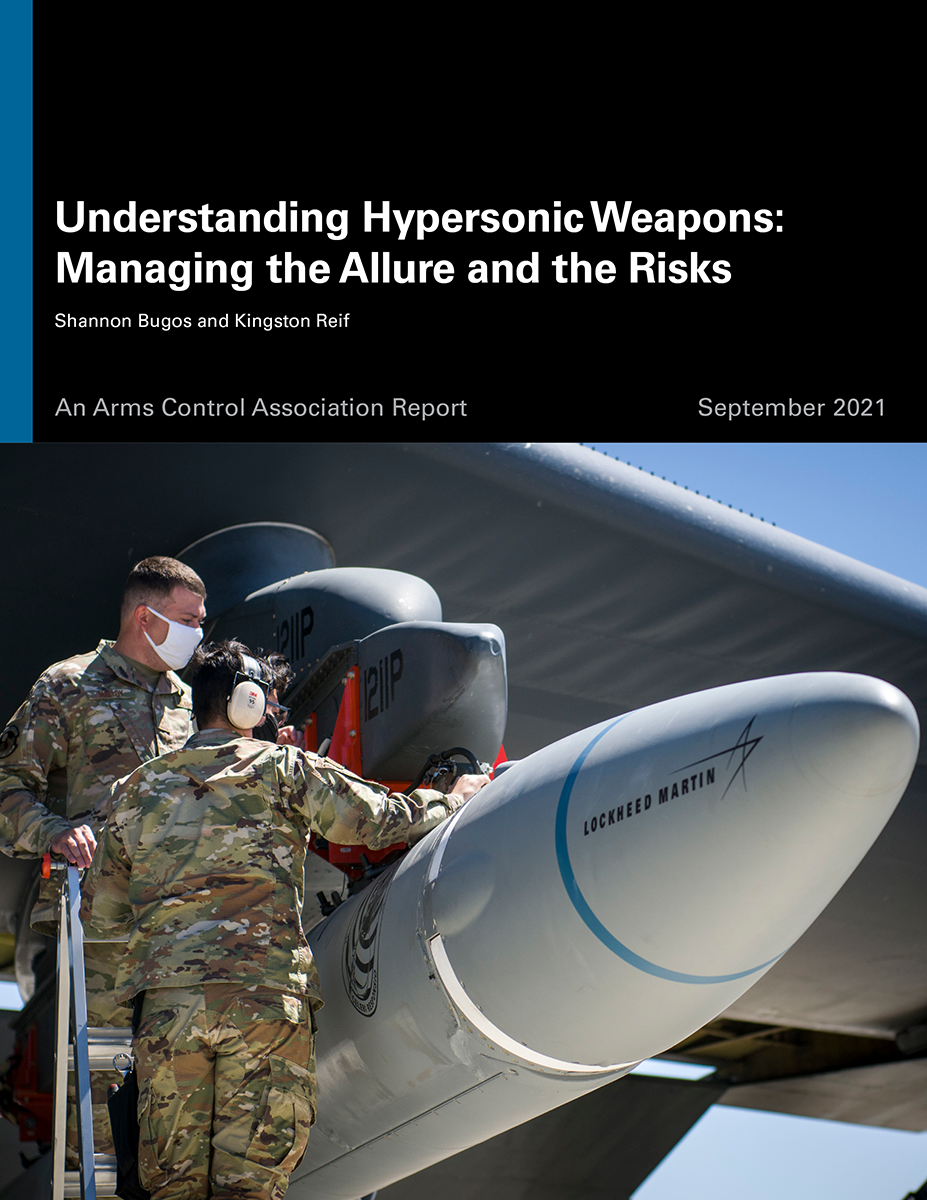The debate concerning hypersonic weapons has gained increased attention in recent years as the United States has poured billions of dollars—and plans to pour billions more—into accelerating the development of hypersonic weapons and as China and Russia make headway in developing and deploying their own such weapons. The Pentagon is funding no less than eight prototype hypersonic weapons programs with the aim of fielding an initial capability of at least some of those by 2022.
The U.S. rush to field hypersonic weapons merits a more critical examination by the Biden administration and Congress given the many unanswered questions about their rationale, technical viability, cost-effectiveness, and escalatory risks. It is past time for Congress to demand these answers before the military begins fielding the weapons in great numbers.
This new report outlines the scope of the unanswered questions about the case for hypersonic weapons, details the underappreciated risks to stability posed by the weapons, assesses the viability of arms control as a tool to reduce these risks, and suggests recommended action items for Congress to better its understanding about the Pentagon’s plans for the weapons, eliminate potential redundancies in weapons capabilities, and mitigate stability risks.

